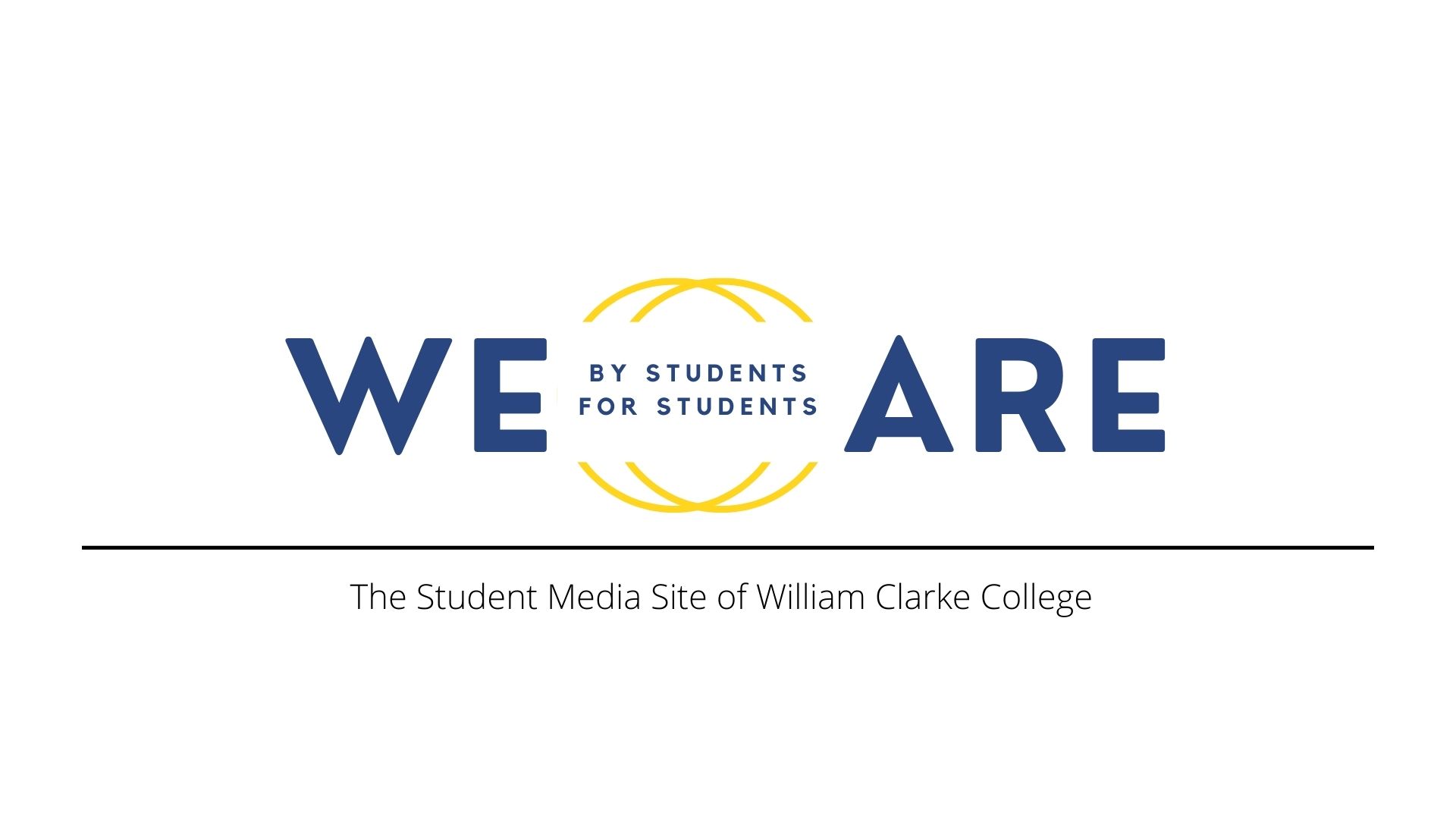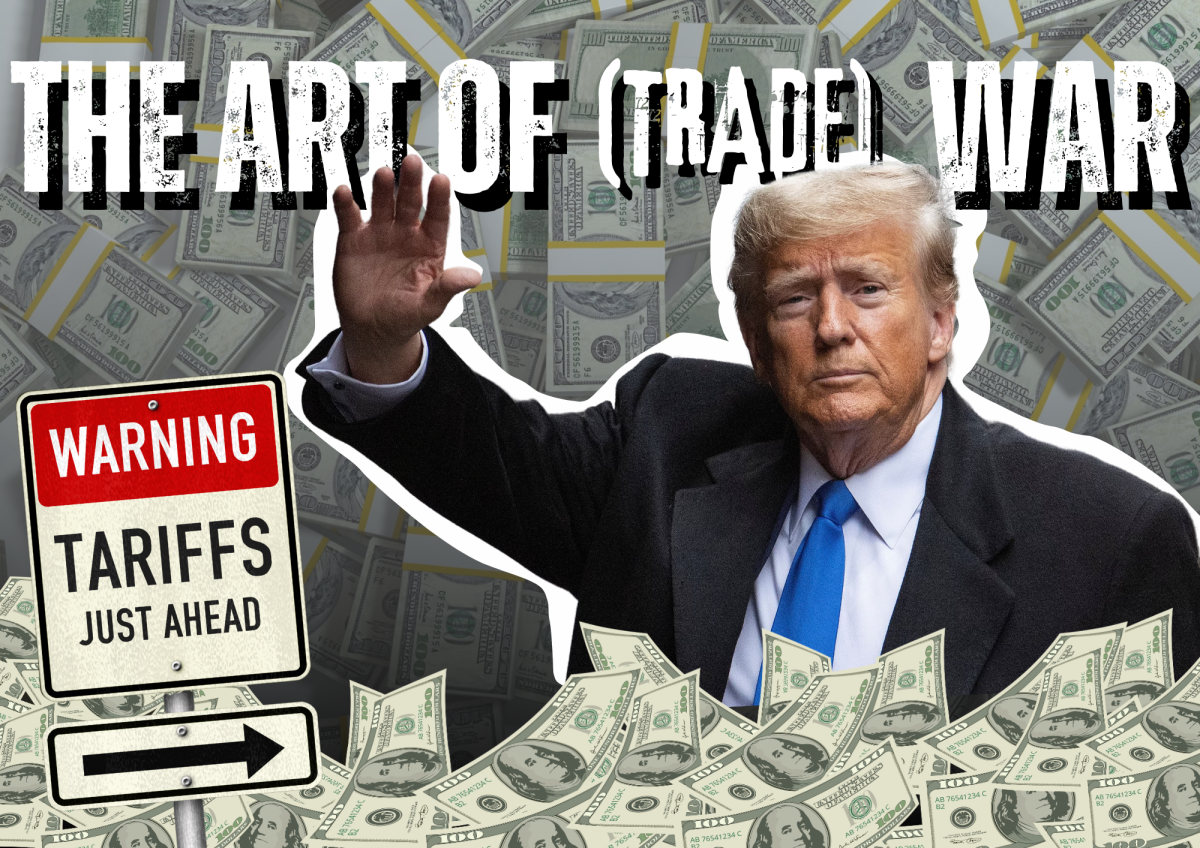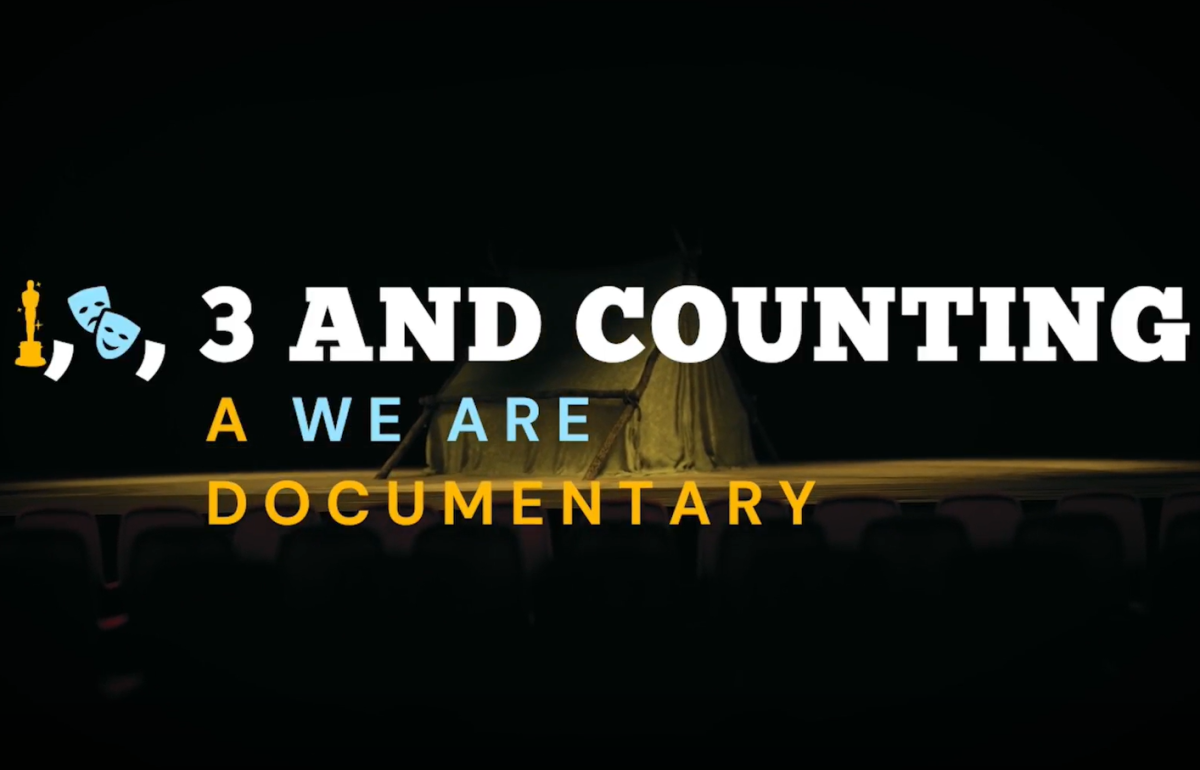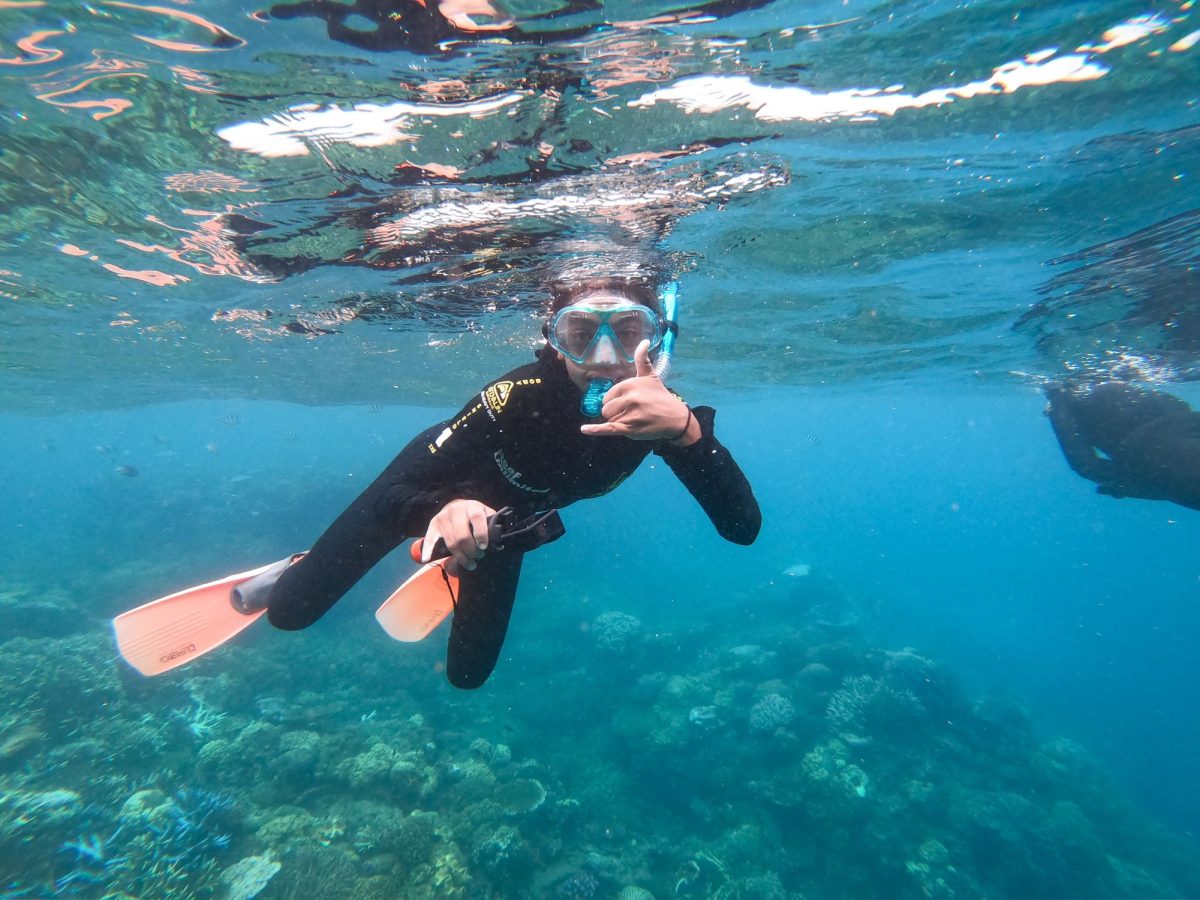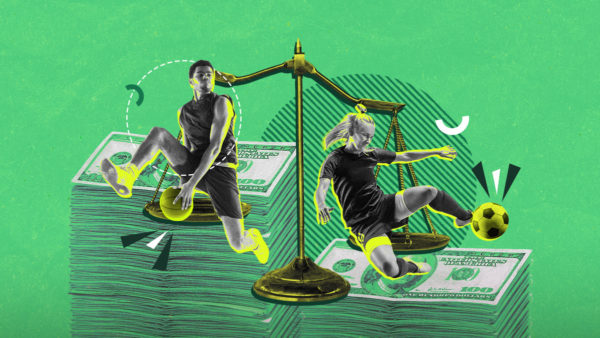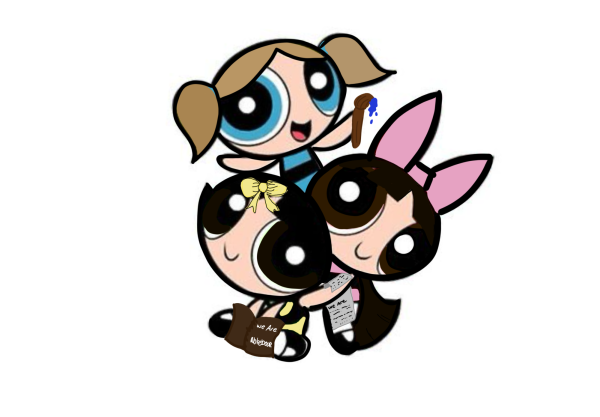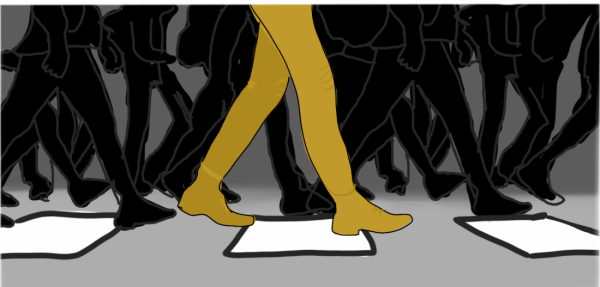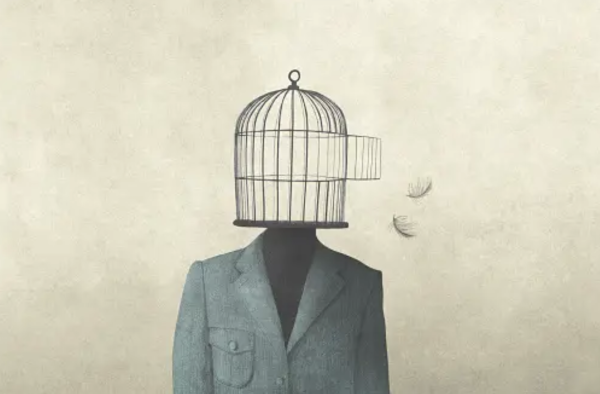Tracking the Russo-Ukrainian Conflict

D. Dilkoff, from Getty Images.
June 7, 2022
Do you know what is really going on?
NATO. Kyiv. Putin. Invasion.
These phrases have circulated media headlines for over three months now. The world was left in collective shock when rumours of a Russian invasion of Ukraine circulated. In events that can only be described as reminiscent of World War 2, I like many others was left wondering, what is going on in Ukraine?
Whilst the media gives a variety of coverage to the current events occurring in Ukraine this year, it does not pay homage to the historical Russo-Ukrainian conflict which originated long before the current year.
After the fall of the Soviet Union in 1991, Ukraine gained its independence after overwhelming civilian support. Despite a separation from Russia, Ukraine has faltered between governments that reflect either pro-Russian or pro-European leadership. An end to this political turbulency was in sight after a decade of independence, as Ukraine expressed interest in gaining membership to NATO in 2008, to which Russia expressed disapproval.
The tension between Russia and Ukraine reached a climax in 2014 when Russia seized the Ukrainian city of Crimea after Ukraine’s former President Yanukovych rejected integration into the European Union (EU). This caused protests between Ukraine’s leader who sided with Russia, and civilian protestors who received support from countries within the European Union. Ukraine was greatly affected by this political divide which caused economic and militant instability within the country. In 2019, current Ukrainian President Zelenskyy was elected with promises to end the war with Russia and solidify Ukraine’s sovereignty.
After 8 years of apparent political peace between the neighbouring countries, this historical conflict has resurfaced with Russia disagreeing with Ukraine’s growing independence. Putin initially declared that the invasion which is currently playing out is an attempt to “demilitarise and denazify” Ukraine.
This historical dig leads us to the 2022 Ukrainian invasion. On February 24th, Vladimir Putin, President of Russia, announced that “special military operations” would be carried out in Ukraine. At around 5 am, rockets launched by the Russian military struck close by Ukraine’s Capital city of Kyiv. 100 missiles were fired on this first day of conflict, occurring from both the land and sea platforms. Ukrainian President Zelenskyy assured that Ukraine will defend itself against the attack, with the support of NATO and the US. By March 2nd, Ukrainian refugees consequently fled from the conflict, surpassing 1 million in numbers, with reports of ‘cluster bombs’ being used against Ukrainian civilians travelling. While NATO remains uninvolved with proceedings due to fear of heightening conflict, the International Criminal Court commences an investigation into possible war crimes.
As we head into the fourth month and the 105th day of fighting, 7,964 civilian casualties have been recorded by the Office of the UN High Commissioner for Human Rights, with over 4,000 of these being civilians. More than 11 million Ukrainians have left their homes due to the conflict, with 6.5 million fleeing to other countries, the remainder being internally displaced.
The implications of this conflict will have everlasting effects on a global scale – both long and short term. The cost of living will rise because of the Russo-Ukrainian conflict. Ukraine is responsible for enough food to feed 400 million people, and the country coincidentally produces 50% of the global sunflower oil supply. This conflict will see 30% of the usual food revenue not produced. Furthermore, as countries that side with NATO set up contingency plans to stray away from the usage of Russian crude oil, a demonstrable spike in petrol prices has been felt globally, further exemplifying the international effects of war.
So far, Australia has contributed $65 million to fund the urgent needs of those affected. Newly elected Prime Minister Anthony Albanese has stated that we should “…continue to give bipartisan support to the Australian government for economic and military support for Ukraine, for sanctions against Russia and for providing a safe haven for Ukrainians fleeing the conflict, as well as for support for the Ukrainian Australian organisations that are here in this country looking after their local communities.”
As this war does not have any end in sight, we must learn from the consequences of historical conflict and continue to raise questions about global world order and leadership. But for now, please keep the civilians of Ukraine and the surrounding countries in your thoughts.
HOW TO HELP:
- https://www.unicef.org.au/appeals/ukraine-emergency-appeal?&mkwid=s&pcrid=597202737545&pkw=help%20ukraine&pmt=p&pdv=c&plid=&gclid=Cj0KCQjwqPGUBhDwARIsANNwjV41t98hdg2ZhzRop1DHx06XCFtbphihycJXOvapuOKeOrrCouhl_ocaAsDfEALw_wcB&gclsrc=aw.ds
- https://redcross.org.ua/en/donate/
- https://www.unrefugees.org.au/
